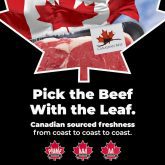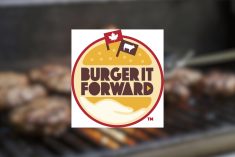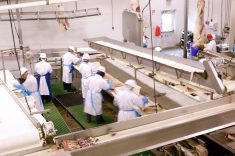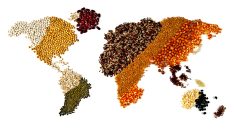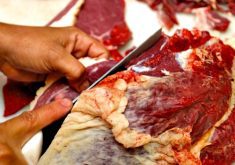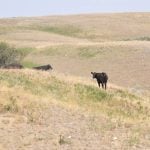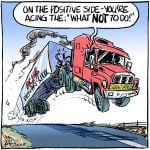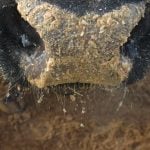Reality can bite for voters ruled by emotion rather than informed decision-making. But this time, it could take away something to bite into.
Restauranteurs in California are getting very concerned that a meat staple of many dishes, especially in breakfast-centred restaurants, is going to be gutted from their menus in January. Beginning then, much of the U.S. pork production will be prohibited from sale in the state. In Iowa, for example, a major pork supplier for California, it is estimated only four per cent of the state’s hog production operations will be able to ship into California.
Read Also
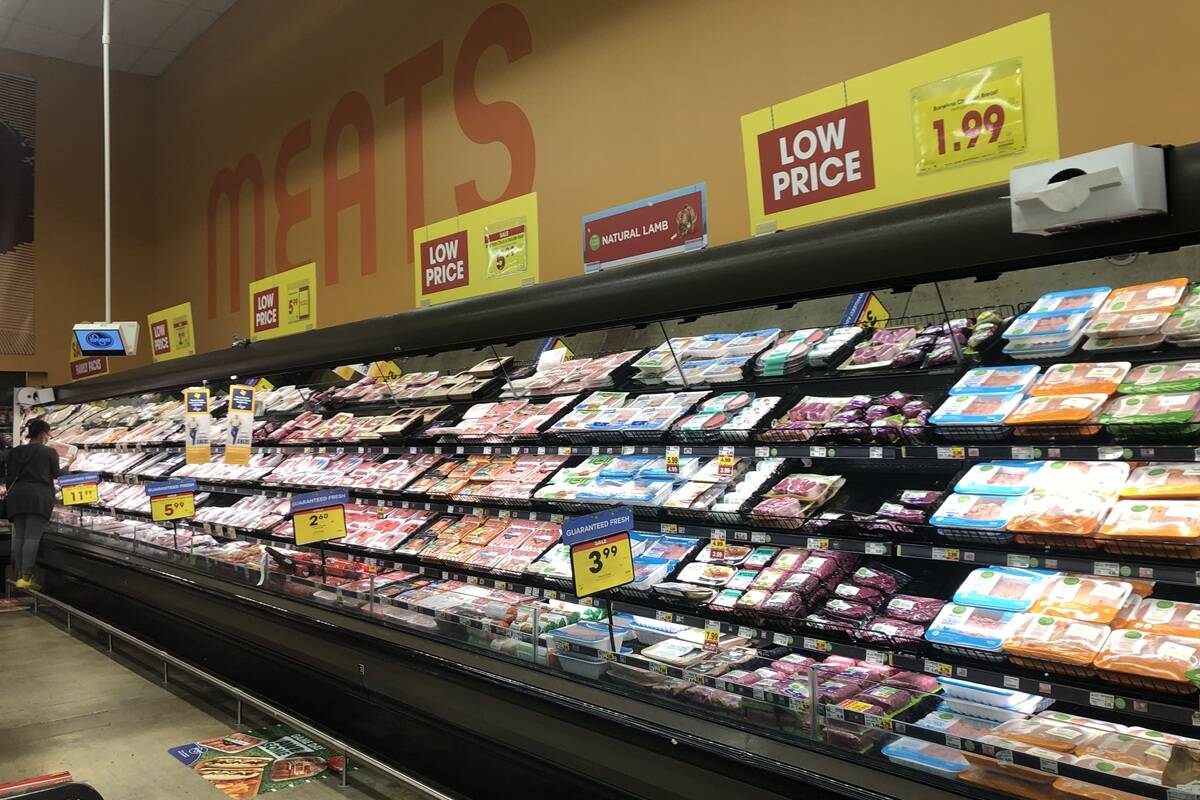
U.S beef industry faces demand risks and disease dangers
High beef prices and New World screwworm threaten beef demand and cattle health in the U.S.
In 2018, voters passed a measure mandating more space where pigs, laying hens and veal calves were raised. Pig producers have been loath to spend the hundreds of millions of dollars required to overhaul production barns and systems to meet a law they didn’t believe would stand. The Commerce Clause of the U.S. Constitution prohibits one state from restraining trade among other states.
Many expected such a blatant move by California to set its own restrictive production standards and impose them on other states’ producers would be disallowed. But a lawsuit filed by the North American Meat Institute and joined by attorneys general in multiple states lost in California’s district court, lost at the very liberal Ninth Circuit Court of Appeals and the U.S. Supreme Court declined to hear the case.
Californians are going to vote on a governor’s recall, indicating soon if they regret informing themselves better when they voted for a very leftist governor. Now, unless their state government decides to put a hold on animal management dictates — if it can — voters may find out what not fully thinking about ballot measures can mean for both pocketbook and belly.
Of course, the Humane Society of the U.S., a very political activist group that drafted and pushed the measure, is close to getting what it wants: making it harder and more expensive for people to eat animal products.
So there may soon be openings for bootleggers specializing in “porklegging,” i.e. hams — and bacon, too.
Over 300 cattle producers attending NCBA’s live marketing committee meeting at the rescheduled Nashville convention expected some fireworks, as is common in turbulent times. Patience, however, seemed to be the unspoken attitude. The beginning of USDA’s new cost basis and volume reports for all alternative marketing agreements; an upward trend in cattle prices, CattleFax projecting better prices through year-end; the best beef demand in three decades, better second quarter negotiated cash numbers in NCBA’s negotiated cash framework, beginning framework packer participation and better weather for much of the country had evidently persuaded producers to sit tight.
Cattle producers received good news from a court not always friendly to agriculture. The Ninth Circuit turned down R-CALF’s appeal of the district court’s ruling against them in their attempt to stop checkoff collections. R-CALF had sued the Montana Beef Council and USDA as supervising agencies in 2016, later adding another dozen qualified state beef councils. They had contended that the checkoff was unconstitutional and illegal.
The lawsuit has hung over the checkoff all this time and severely hampered the Montana Beef Council’s operations. The suit raised several legal questions but was viewed by many mainstream cattle producers as just another attack by R-CALF on NCBA’s free-market approach to beef industry policy.
There are two separate divisions at NCBA: the policy side, funded by dues and sponsorships, and the other contracting with the checkoff’s Cattlemen’s Beef Board to handle many beef promotion, research and communication projects. R-CALF doesn’t acknowledge the separation of duties and funding and doesn’t like NCBA’s approach on the policy side of working with all sectors of the beef chain. As is customary, R-CALF’s modus operandi is to sue. But apparently, this attempt to cripple or kill the checkoff by attacking the beef councils who collect the money and direct the state programs while contributing representation and funding to the national program, is at a dead end.
CattleFax’s Randy Blach told the National Livestock Producers’ 100th annual meeting that packers are gaining on the pandemic backlog and fed prices have put in their lows for the year. The drought will be critical for certain areas, especially the far West and Northern Plains, but cattle numbers are not high enough there to affect total numbers drastically. The fed backlog should be worked through by year’s end. The problem is not so much capacity but keeping a full processing crew. None of the Big Four is operating at rated capacity.
Most encouraging: Beef demand is the best in 33 years. Both domestic and export demand are strong.
CattleFax is expecting fed prices to gradually increase into the fall and winter, corn to stay in the $5.35-$5.75 range, and packing capacity and cattle numbers to be more in balance in 2022. By 2023, leverage should shift to cattle feeders.



